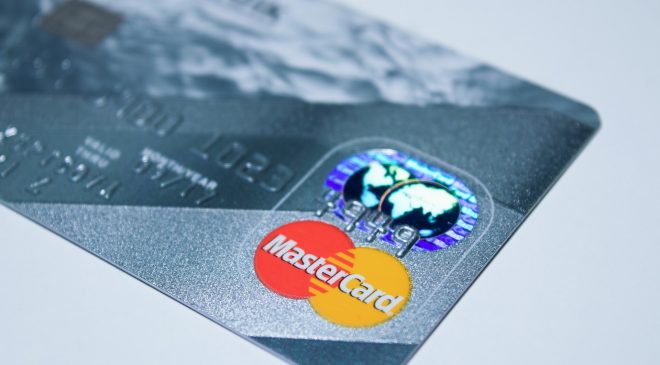The government has been taking various measures to drive card payments in India and reduce the usage of cash.
India made remarkable progress in the adoption of digital payments in recent years, supported by government’s push and improvements in payments infrastructure. As a result, the card payments market in India is anticipated to grow by 31.2 per cent in 2022 to reach INR22.3 trillion ($305.4bn), driven by economic recovery post COVID-19 pandemic, widespread vaccination program and gradual recovery in consumer spending, forecasts GlobalData, a leading data and analytics company.
India was among the worst hit countries with second highest number of COVID-19 cases globally, just below the US. However, there has been robust economic recovery supported government’s swift measures and rapid vaccination program.
According to GlobalData’s Payment Cards Analytics, the value of card payments in India registered a decline of 10.8 per cent in 2020. However, with gradual economic recovery, card payments are forecasted to increase by 30.7 per cent in 2021 to reach INR17.0 trillion (US$232.7bn).
Nikhil Reddy, Payments Senior Analyst at GlobalData, comments: “India, which has traditionally been a cash-dominated economy, is now observing a rapid shift towards electronic payments. Although, lockdown measures amid COVID-19 affected the country’s card payments market, the pandemic also highlighted the importance of digital payments. With India now on path to normalcy, card payments are expected to rise further in the coming years.”
The government has also been taking various measures to drive card payments in India and reduce the usage of cash. It abolished merchant service fees on RuPay card transactions from January 2020, encouraging merchants to accept payments with RuPay cards. Further to curb cash transactions, the central bank allowed banks to increase cash withdrawal charges from 1 January 2022.
The rising adoption of contactless card payments is also expected to drive card payments in the country. Although contactless card payment is not very popular in India, it has gained traction during the pandemic due to rise in demand for ‘touch-free’ payments.
To push contactless payments, payment limit was raised from INR2,000 (US$27.4) to INR5,000 (US$68.5) in January 2021. The acceptance of contactless card payments among merchants is also on rise with over one-fourth of total POS terminals installed in the country now supporting contactless payments.
Reddy concludes: “While cash has been a preferred payment tool in India, government initiatives, rising banked population and gradual adoption of contactless technology will all support the shift towards ‘less-cash’ society in the country.”
Tags: AICybersecurity





